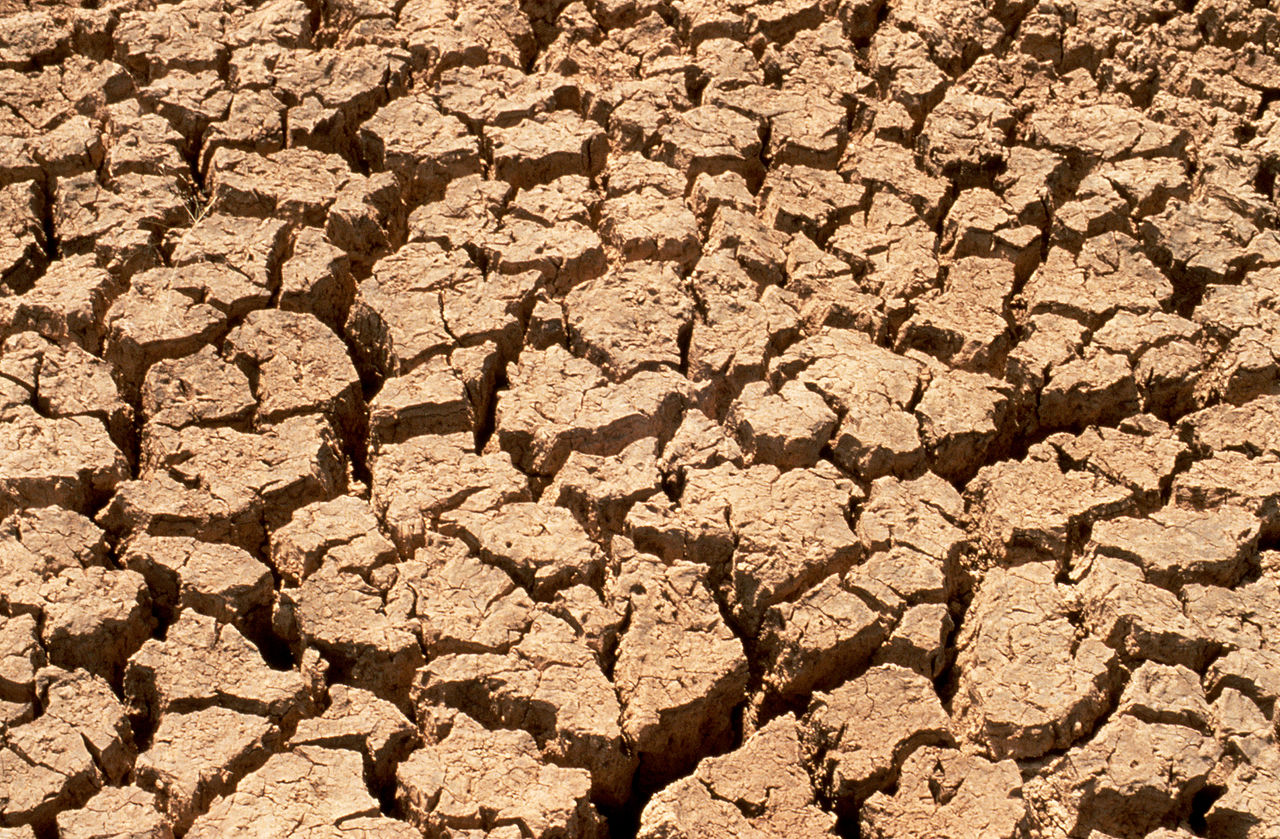The Business Case for Soil
Author: Jess Davies | March 15, 2017
Nobody likes dirty business, but the business world must get to grips with dirt. Soil provides food, fibres and fuels, and regulates water resources and climate. Yet most businesses are unaware that their bottom lines depend on soil; nor are they aware of the risks they face from its degradation. More must recognize that improving soil quality is a smart investment.
One-third of all soils and more than half of agricultural soils are moderately or highly degraded. Erosion, loss of organic carbon, compaction and salinization reduce soil’s fertility and ability to hold moisture1. Every year, we damage another 12 million hectares — an area the size of Bulgaria — through deforestation, overgrazing, intensive farming, urbanization and pollution2. Climate change and biodiversity loss exacerbate soil problems. Yet global needs for food and resources are rising as populations grow, lifestyles shift and the world transitions to a low-carbon economy.
Many businesses in the agricultural and forestry arenas, and some in the food sector, describe the measures they’ve taken to reduce soil impacts in their sustainability reports. Most others do not. Soil is vital to all industries that use plant or animal products in their supply chains, from fashion to pharmaceuticals and, increasingly, energy. Insurers and investors have a stake — when crops fail, they lose money, commodity prices rise and operations are disrupted.
Businesses are aware of the risks of climate change: more than 900 companies petitioned President Donald Trump for the United States to stay in the 2015 Paris climate agreement. Extreme weather, water scarcity, natural disasters and climate change were listed in the top five risks in terms of impact in the World Economic Forum’s 2017 Global Risks Perception Survey. Soil cuts across all these environmental concerns but was not mentioned.
If the private sector is serious about sustainability and commitments to climate change, it must take action on soil. In collaboration with researchers, businesses should advocate for international legislation, assess their soil risks and impacts and invest in maintaining and enhancing this resource.
Buried treasure
Soil’s invisibility in the boardroom is the result more of unfamiliarity than apathy. For instance, last October, I ran a session on the risks and opportunities that soil presents at the annual meeting of the World Business Council for Sustainable Development (WBCSD), a chief-executive-led forum of more than 200 multinational companies. Participants from across the accounting, agriculture, chemicals, engineering and food sectors said that they were surprised to learn of soil’s roles beyond agriculture.
Water regulation is one function in which business has a stake. Soil moisture is crucial for rain-fed agriculture, which accounts for three-quarters of human usage of fresh water3. Soils that are compacted, eroded or lacking in organic material hold less water. This increases the likelihood of floods and the impact of droughts, and intensifies competition for water resources. Water scarcity is widely acknowledged as a major risk to the global economy4: in 2016, droughts and shortages cost businesses US$14 billion5. The contributions of soil to water problems and its potential for mitigating risks are uncertain, however.
Water-intensive industries such as beverages, mining and energy are taking action in the catchments where they operate. For example, the Coca-Cola Company has been working with wildlife charity WWF and communities to maintain irrigation channels in Nepal, remove invasive sugar cane from the banks of Rio Grande and reforest in Mexico to improve water availability6. It should also look at protecting local soils by, for example, reducing disturbance and promoting conservation agriculture.
Climate risk and mitigation is another area in which businesses underappreciate soil’s potential. It is the largest global reservoir of organic carbon. Land-use change and poor soil management have resulted in a loss of 42–78 gigatonnes of carbon from soils over the past century7. The majority was emitted as carbon dioxide. This compares with 450–600 gigatonnes of anthropogenic carbon emissions since the industrial revolution.
Sustainable land management can reverse this trend by increasing the amount of carbon stored in soils. On 21–23 March, the Food and Agriculture Organization of the United Nations (FAO) will hold the first Global Symposium on Soil Organic Carbon. The aim is to review the role of soils in climate change and integrate the issue into the regular assessment reports of the Intergovernmental Panel on Climate Change.

